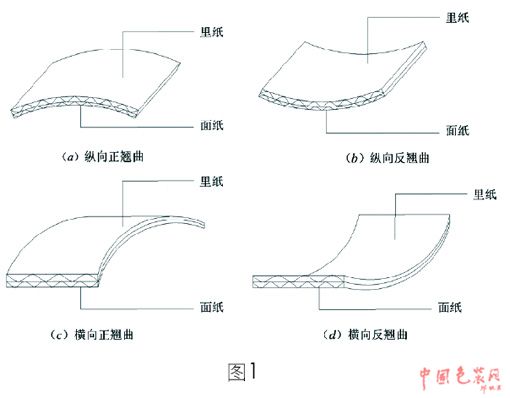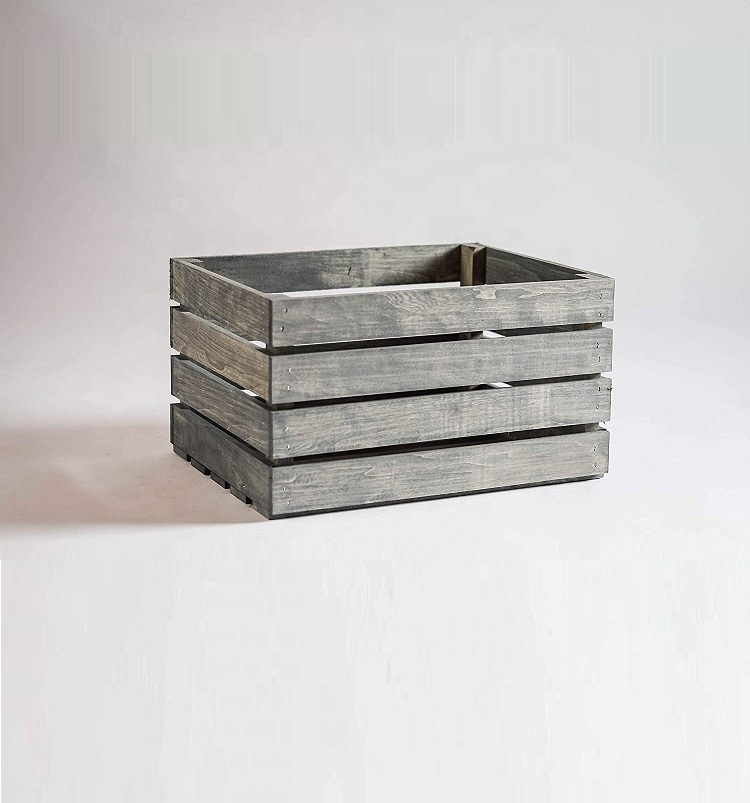In the production process of corrugated paper, defects in warpage of corrugated cardboard often occur, and in severe cases, the normal production of subsequent processes will be affected, so that the rate of scrapping will be greatly increased, resulting in waste and increased production costs. For this reason, in the production process of corrugated paper, the occurrence of warpage of corrugated cardboard must be avoided as much as possible. This is an effective way to reduce consumption and reduce costs. This paper discusses and discusses the causes of the warpage of corrugated board and its peers.
Classification of Corrugated Cardboard Warpage
According to the different warping phenomenon of corrugated board (Fig. 1), it can be roughly divided into five types: vertical positive warping, longitudinal reverse warpage, transverse positive warpage, horizontal reverse warpage and compound warping.

1. Longitudinal positive warpage: As shown in (a), the warpage of the paperboard in the direction perpendicular to the corrugation, in which the paper is recessed inward, is called longitudinal positive warping. This warping phenomenon occurs more in the production of corrugated cardboard.
2. Longitudinal warpage: As shown in (b), the warpage of the paperboard outward in the direction perpendicular to the corrugation is called longitudinal warpage. This warping phenomenon is less frequent in corrugated board production.
3. Lateral positive warping: As shown in (c), the warpage of the paperboard in the direction of the corrugations, concave inwards of the paper, is called transverse positive warping. Such warpage often occurs in offset printing. Face paper in corrugated board.
4. Lateral warpage: As shown in (d), the warpage of the cardboard in the direction of the corrugations is called transverse warpage. This is also a frequent occurrence in the production of corrugated cardboard. Warp phenomenon.
5. Compound Warpage: There are two or more types of warpage on a piece of corrugated cardboard, which is called composite warping.
A wooden crate has a self-supporting structure, with or without sheathing. For a wooden container to be a crate, all six of its sides must be put in place to result in the rated strength of the container. Crates are distinct from wooden boxes. The strength of a Wooden Box is rated based on the weight it can carry before the top (top, ends, and sides) is installed, whereas the strength of a crate is rated with the top in place. In general conversation, the term crate is sometimes used to denote a wooden box.

Although the definition of a wooden crate, as compared to a wooden box, is clear, construction of the two often results in a container that is not clearly a crate or a box. Both wooden crates and wooden boxes are constructed to contain unique items, the design of either a crate or box may use principles from both. In this case, the container will typically be defined by how the edges and corners of the container are constructed. If the sheathing (either plywood or lumber) can be removed, and a framed structure will remain standing, the container would likely be termed a crate. If removal of the sheathing results in no way of fastening the lumber around the edges of the container, the container would likely be termed a wooden box.
Wood Crate,Rustic Wood Crate,Customized Wood Crate,Wooden Wine Crate
Jinan Tri-Tiger Technology Development Co., Ltd , https://www.tri-tigerfurniture.com